The "prestress" load is treated by the program as an external load, like a member load, and it affects the entire structure. It "flows" off into the structural system and creates deformations and support reactions accordingly. The prestress is converted into a length change (a strain). Which axial force remains after the calculation depends on the deformation restraint of the member: if the stiffness of the connected system is soft, none or only very little of the prestress remains, but the deformation exists.
The prestress is thus comparable to a temperature change. It is expressed once with a force and once with a temperature.
In Example 2, the prestressing force is almost completely converted into the deformation, which results in much lower axial forces and thus also lower support forces.
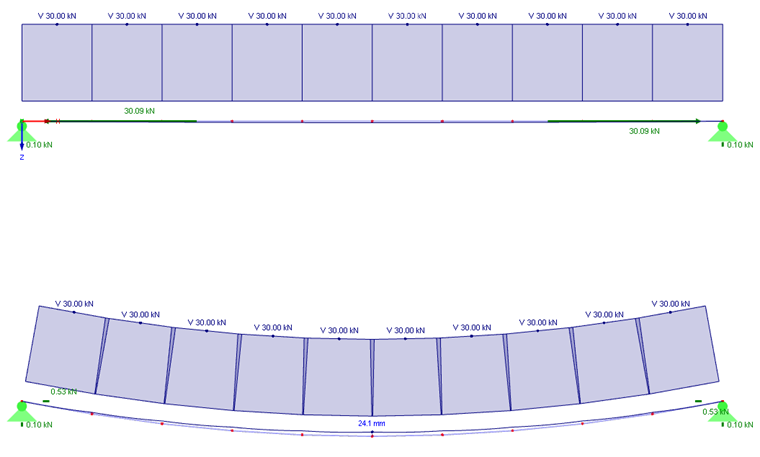
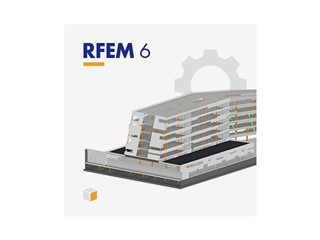
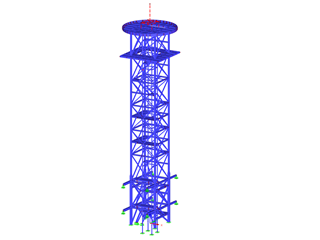
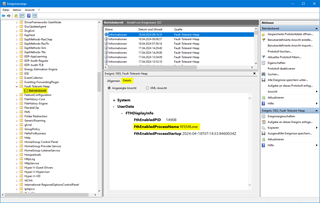









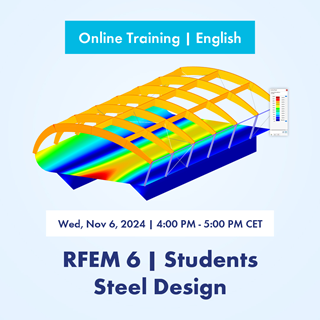



















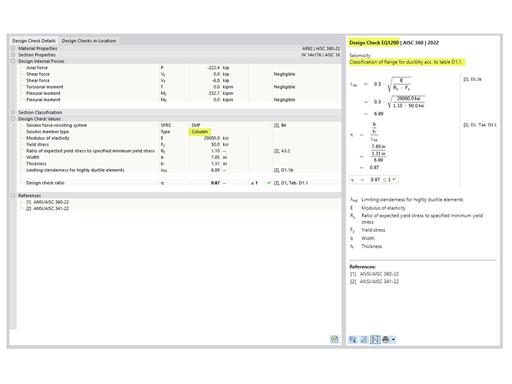
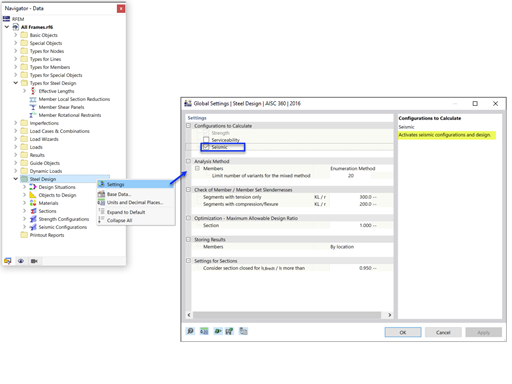
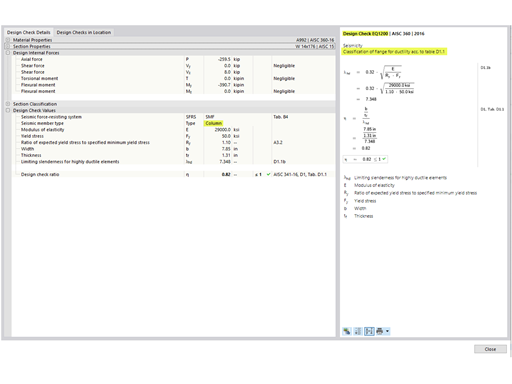
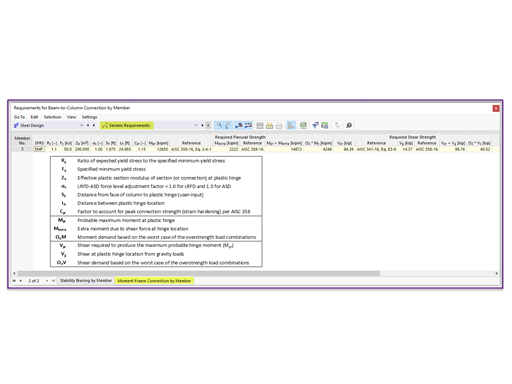











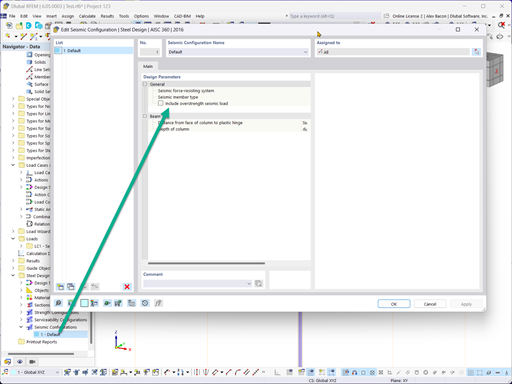








.png?mw=600&hash=49b6a289915d28aa461360f7308b092631b1446e)














